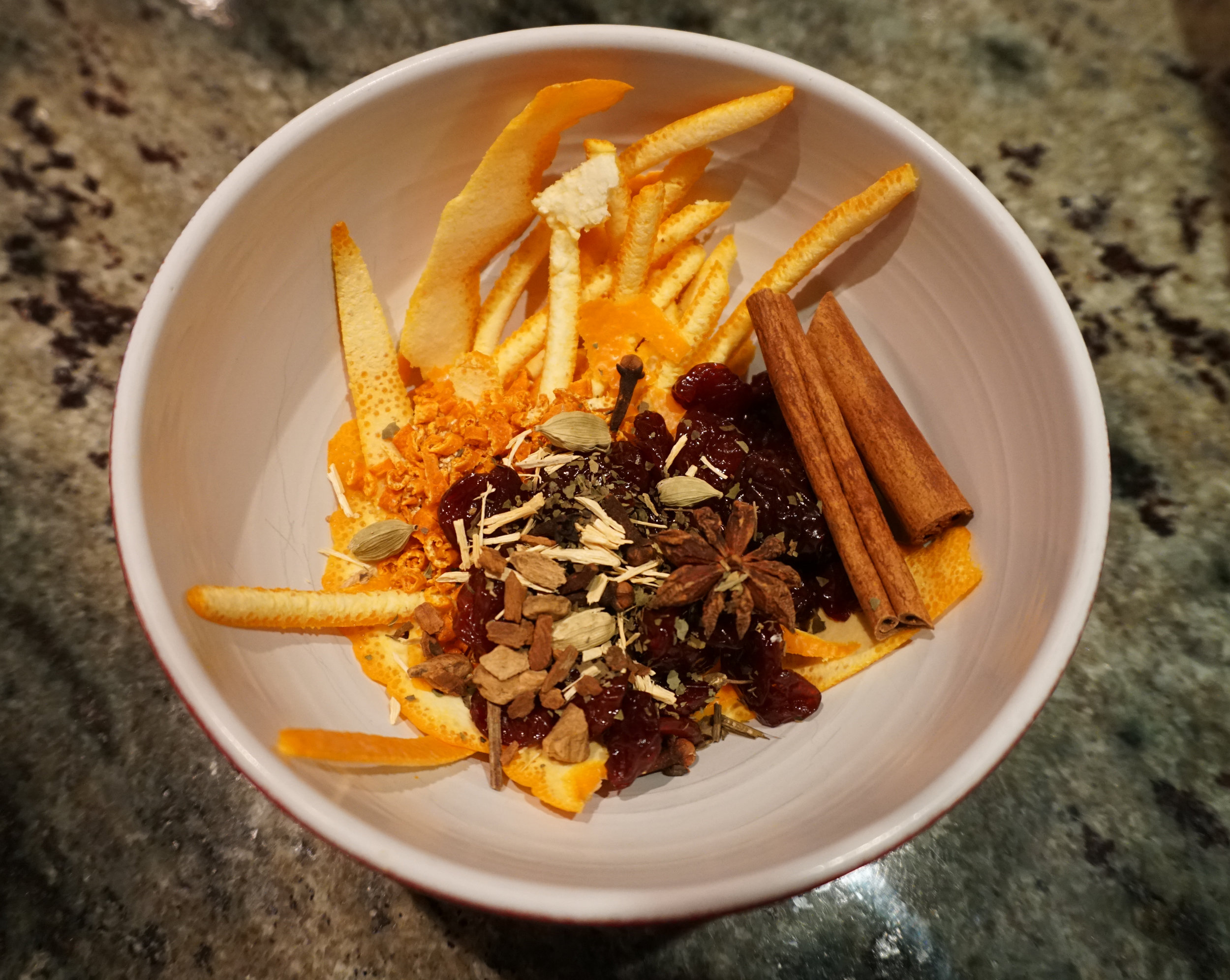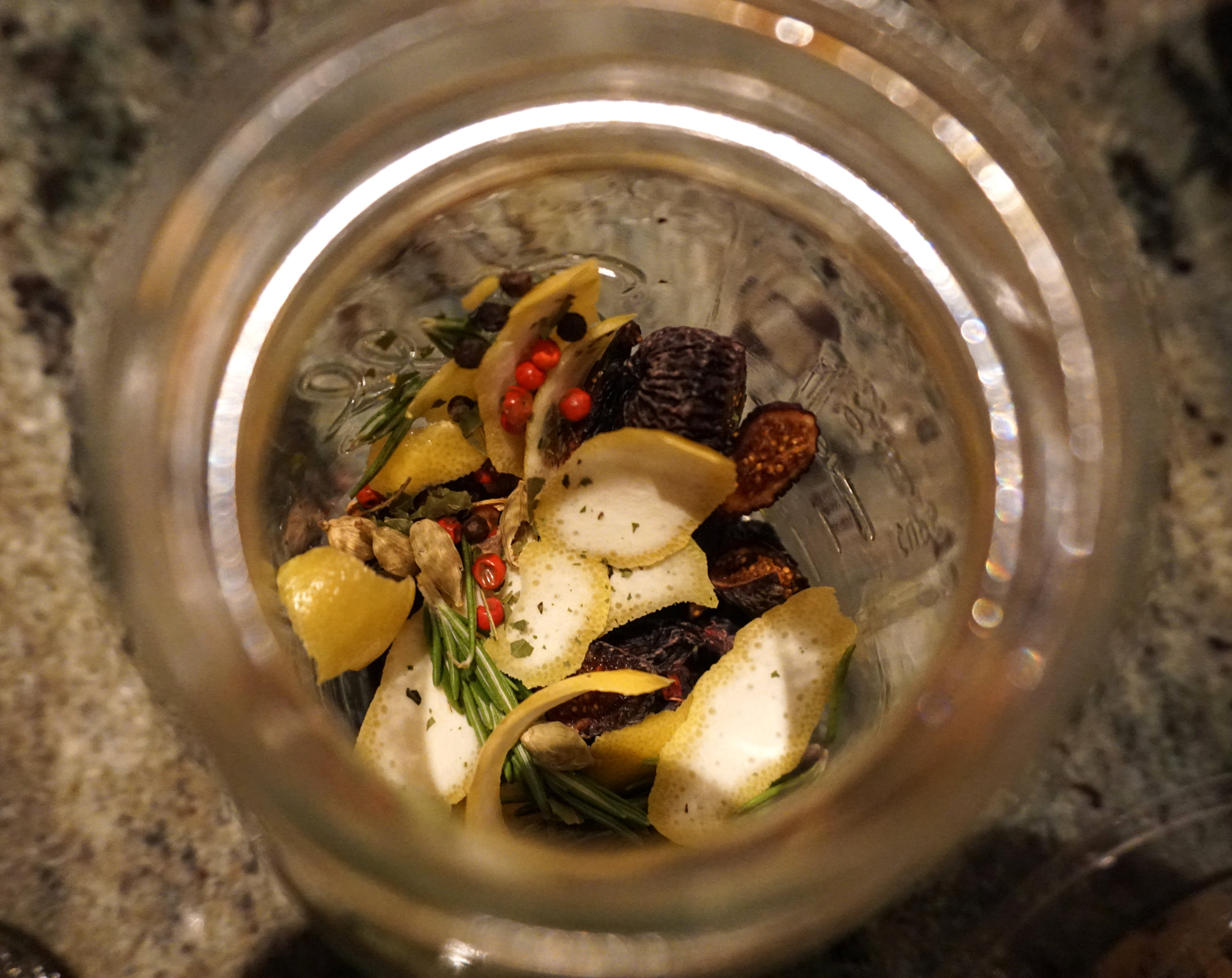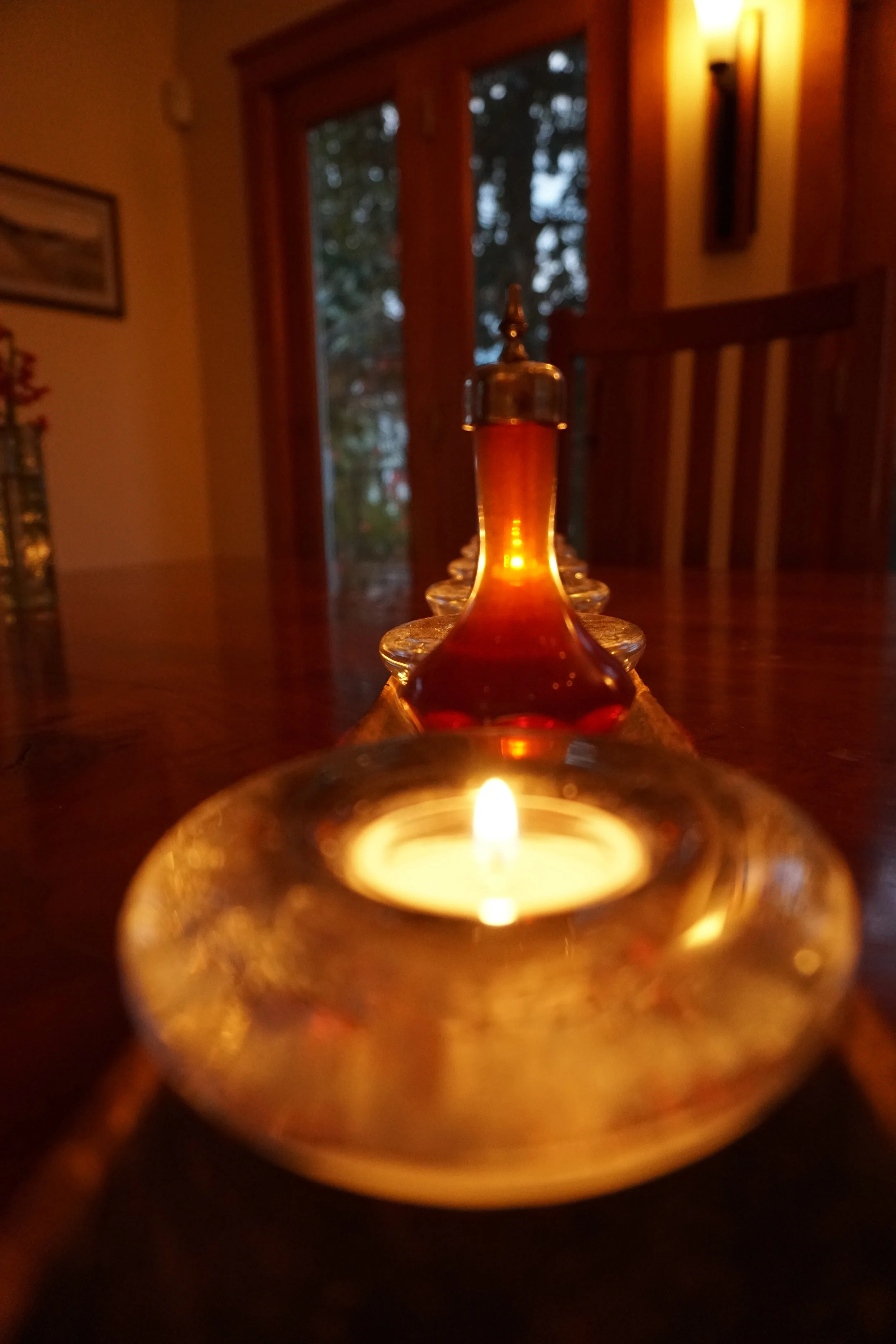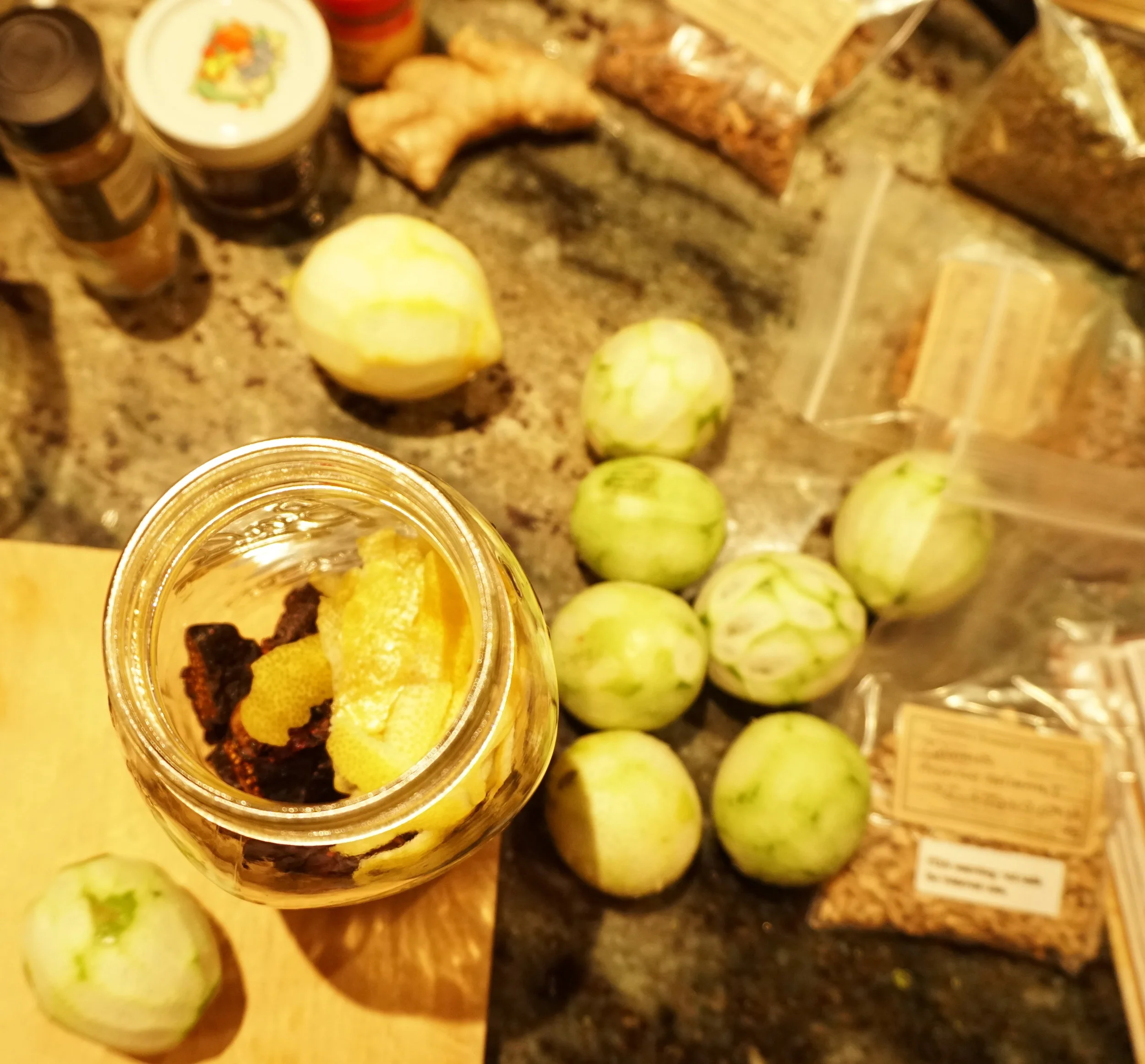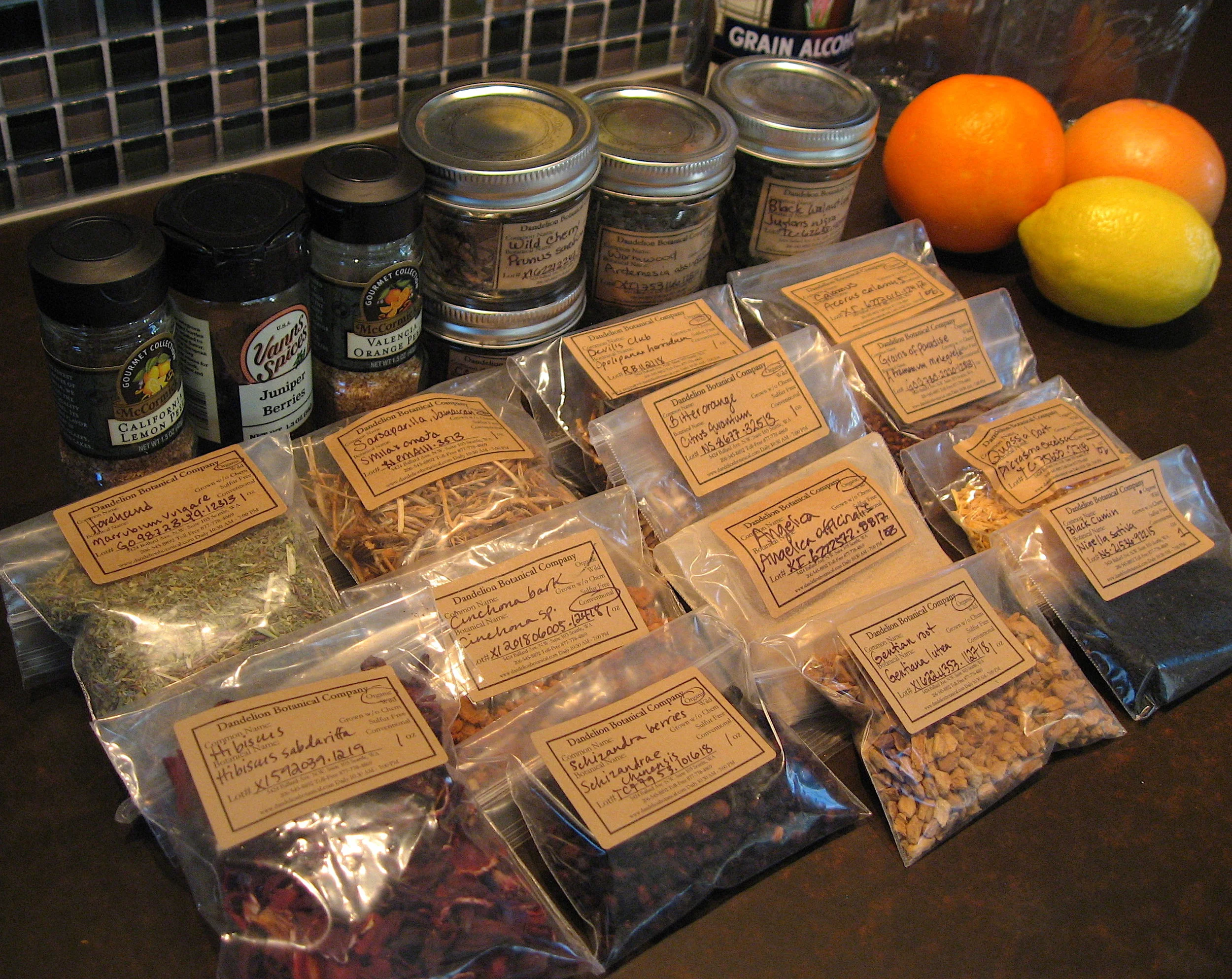The Bittering, Spring 2018 edition

Hard to believe, but nearly a year has passed since our last round of bittering. In case you missed it, this past spring we tried our hand at three decidedly non-traditional flavors of bitters: key lime, pecan, and fig. The key lime worked well in a variety of citrusy summer cocktails – gin and tonics, margaritas, daiquiris, and gimlets. As we transitioned into the fall and winter drinking seasons, the pecan bitters were in heavy use, adding a rich nuttiness to all manner of whiskey cocktails. And the fig bitters? Wow! We were expecting a sweet and slightly spicy flavor profile, suitable for holiday beverages like punch and egg nog. Instead, the inclusion of rosemary (a last-second addition to the recipe) brought out a woodsy herbal complexity and enhanced the earthiness of the figs. This became our go-to bitters for old-fashioneds, and worked particularly well when combined with the pecan. Sublime!
But now our stocks are running low, so it’s back to bittering.
This time, we’re repeating some of our favorites. Aromatic bitters are our house equivalent of Angostura, with a touch less cinnamon-and-clove spice and more warm vanilla notes. Orange bitters are another standard flavor, and our version is all bright citrus sunshine. Those recipes are taken verbatim from Bitters: A Spirited History of a Classic Cure-All by Brad Thomas Parsons, so perfect that we haven’t been tempted to change them. And the fig bitters (an original creation) was such a success that we have to make another batch.
Ingredients for aromatic, fig, and molé bitters (left to right); top, orange bitters.
Three flavors at a time is usually enough, but the mad scientist in me is itching to experiment. So I’m taking a stab at molé bitters. The flavors of this traditional Oaxacan dish – dried chiles and chocolate, bittersweet with a touch of heat – should pair nicely with tequila and mezcal cocktails. The ingredient list is a pared-down version of a molé poblano recipe that I discovered during my years in Tucson, with the addition of bittering components. One wild-card to consider: I’m not sure how much heat will be extracted from the chile seeds and veins during the bittering. So I’m going to process those separately and add back to the final mixture. We’ll let you know how it turns out – fingers crossed!
h.
Mole bitters
- 1 dried ancho chile, seeded and deveined (save seeds)
- 1 dried mulato chile, seeded and deveined (save seeds)
- 2 dried chiltepin chiles, whole
- 1 stick canela cinnamon
- 2 Tbsp cacao nibs
- 1 Tbsp raisins
- ½ tsp sesame seeds, toasted
- ½ tsp slivered almonds, toasted
- ¼ tsp cumin seed, toasted
- 1 allspice berry
- 1 clove
- ¼ tsp dried wormwood leaf
- ¼ tsp angelica root
- 1 cup + 2 oz. Everclear or overproof (100+) vodka
- 1 Tbsp rich syrup
Steps
- In a small jar, combine chile seeds, chiltepins, and two ounces Everclear; soak for one week; strain, reserving liquid.
- Combine all remaining ingredients except rich syrup in large sealed jar.
- Steep for two weeks, shaking daily to mix.
- Strain through fine-mesh strainer, saving liquid and solids.
- Seal and store liquid in a large jar.
- In sauce pan, add solids to 1/2 cup water.
- Heat until just boiling, then simmer for five minutes.
- Remove from heat; after cooling, transfer to large sealed jar.
- Steep for one week, shaking daily to mix.
- Strain through fine-mesh strainer, saving liquid; discard solids.
- Combine both strained liquids; add rich syrup; seal and store.
- After three days, skim any foam that forms.
- Strain through fine-mesh strainer, then again through cheesecloth.
- Add small amount of reserved chile seed liquid and taste; continue until desired level of heat is obtained.
- Dispense into small (1 or 2 ounce) eyedropper bottles.
